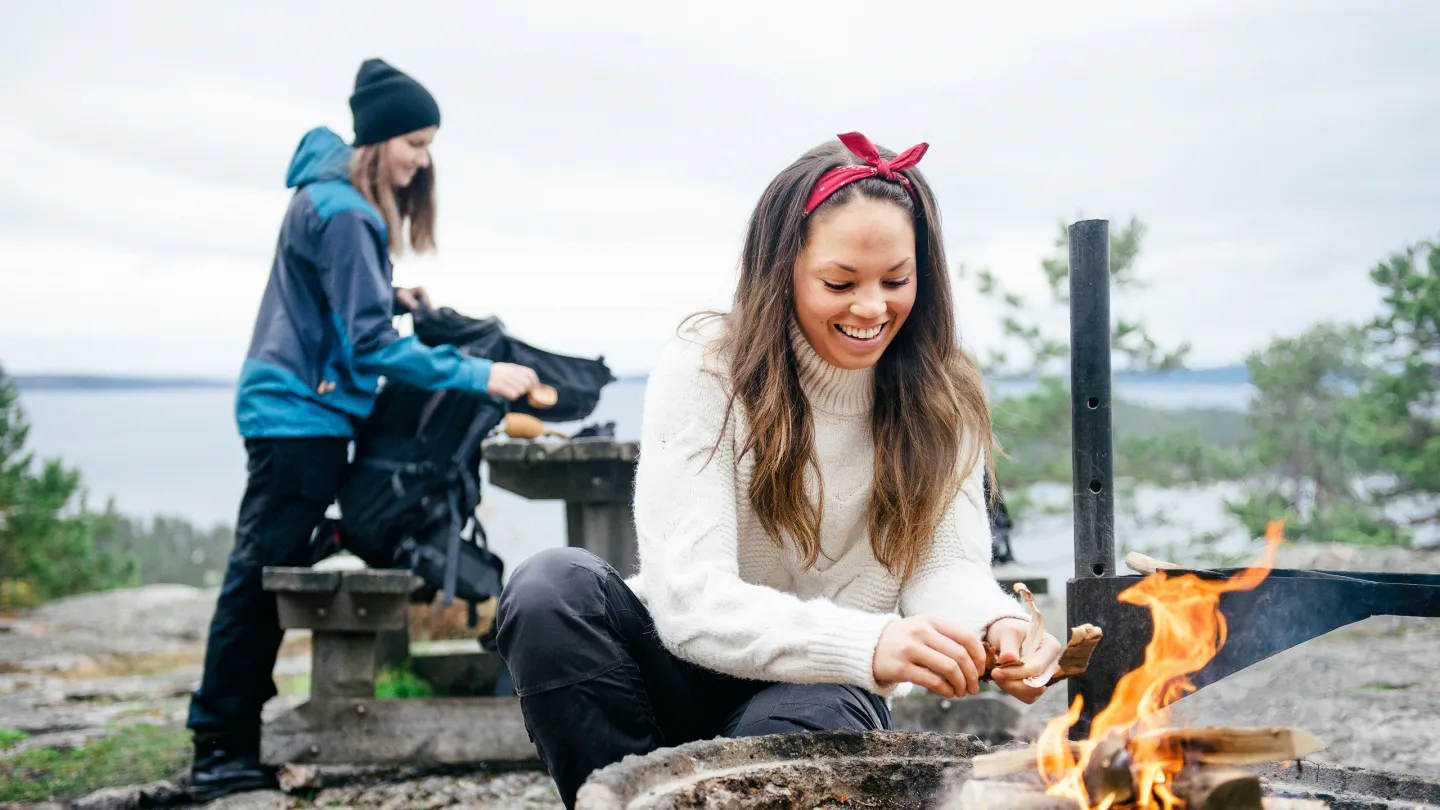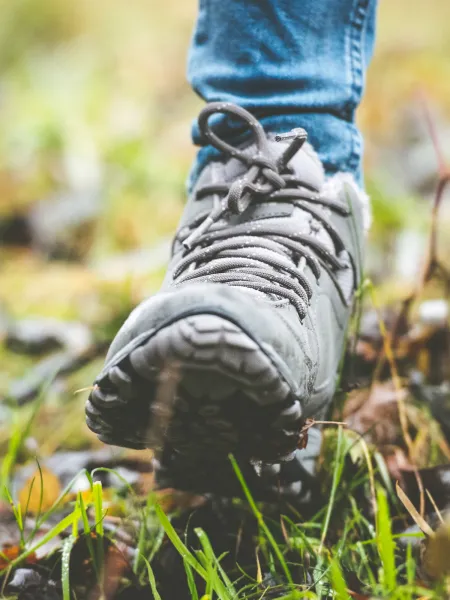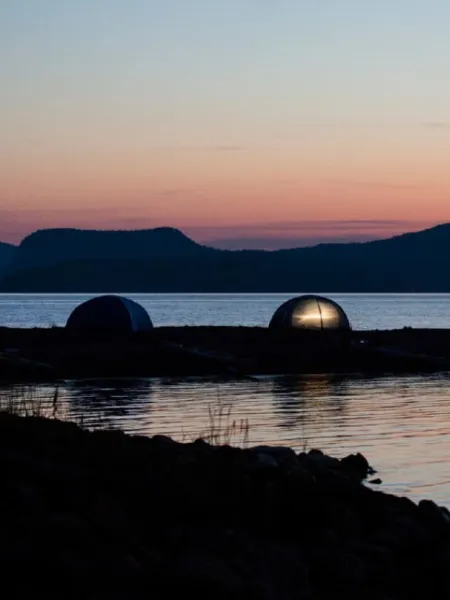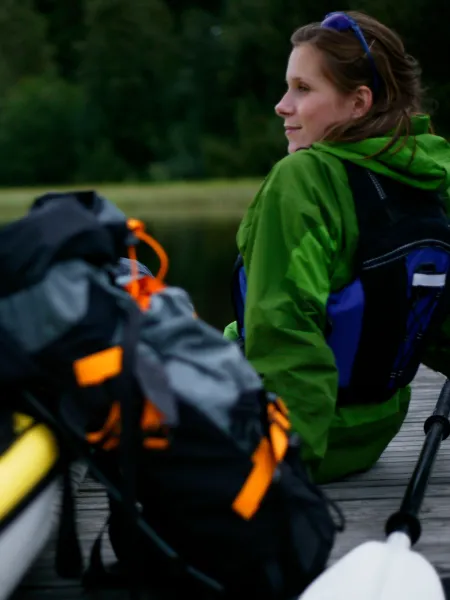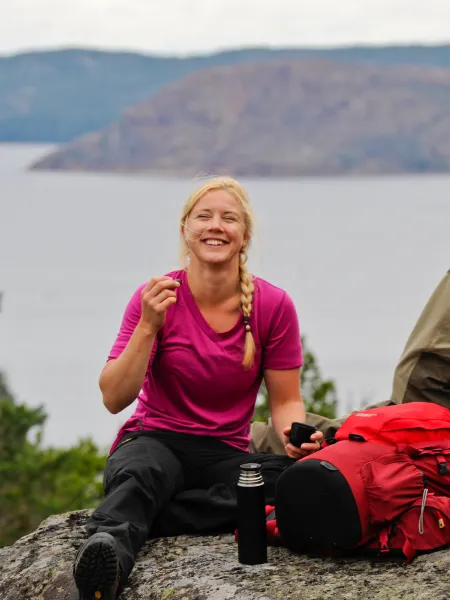A campfire gives us safety, warmth and companionship. We can use it to cook our meals, stay warm and spend time together in nature. But in order for us to be able to enjoy this experience together, we need to make sure we put some thought into protecting nature so we don’t damage the land or plant and animal life.
Where can I light a campfire?
If possible, choose a place that has been built specifically for campfires. Never light a fire directly on rocky surfaces as the heat may cause the rock to crack, and never light a fire if there is the risk of a forest fire. National parks and nature reserves usually have specific rules for lighting fires so make sure you know what they are.
How do I put a campfire out?
To make sure that a fire can’t spread, it is very important that it has been fully extinguished before you leave. Use a bucket and water to be sure.
What fuel can I use?
Take wood with you for your campfire. Some wind shelters and cottages or huts will have a supply of wood that you can use. You can also collect loose branches and twigs from the ground, but never break these off trees or bushes.
Fire bans
If there is a risk of fires spreading, emergency services will put a fire ban in place, and information will be posted on their websites. This information will also be posted on the website and social media sites of the High Coast Tourism Service when a ban is put in place. Make sure you know what applies before setting off.
Remember to:
- Choose a safe place for your campfire where there is no risk of it spreading
- If possible, use an existing campfire site
- Never light a campfire on rocky surfaces
- Make sure you know the specific rules of national parks and nature reserves
- Never break branches off living trees or bushes
- Make sure there is no fire ban where you are

